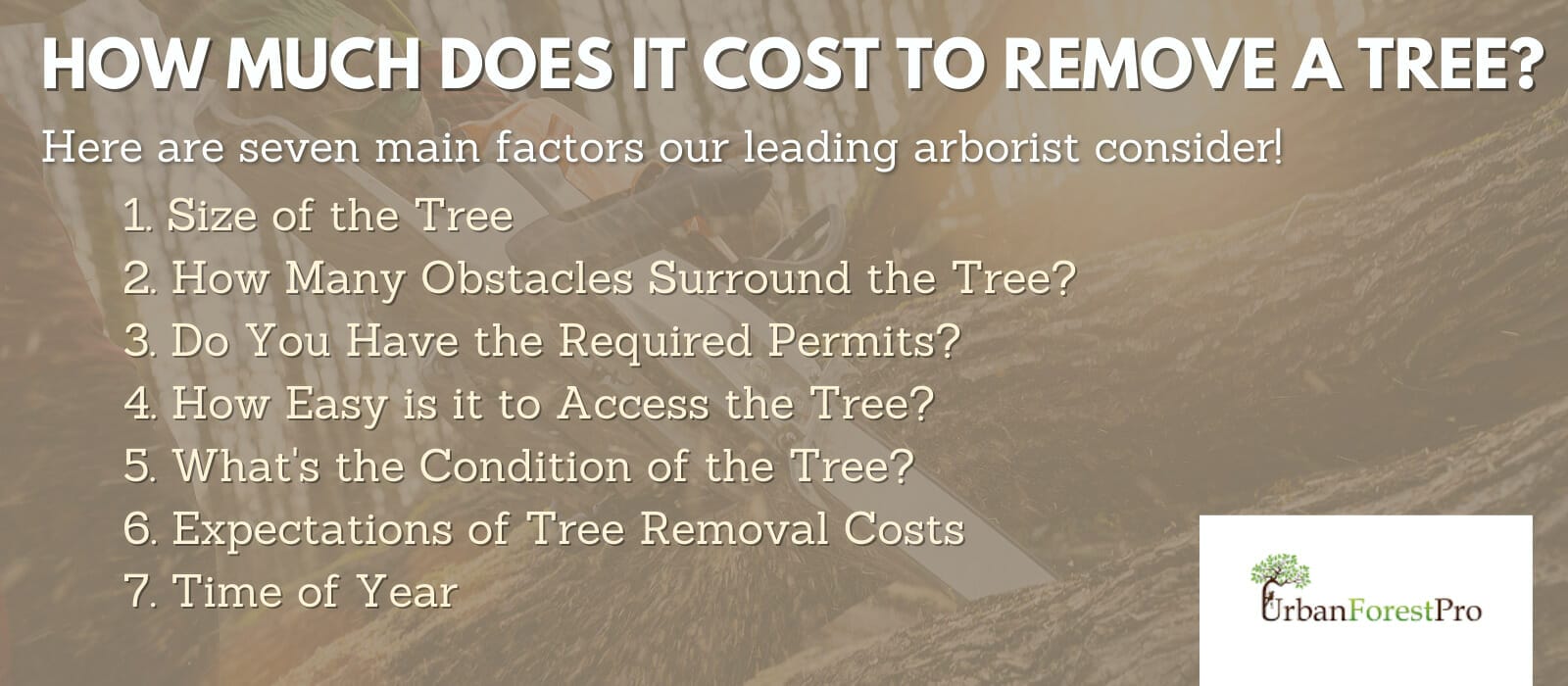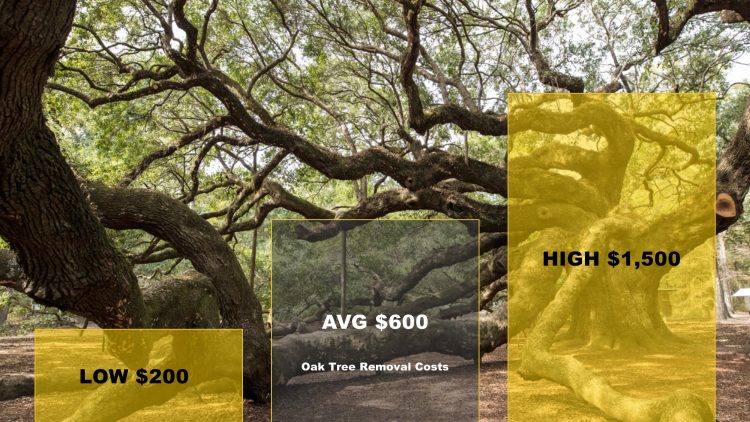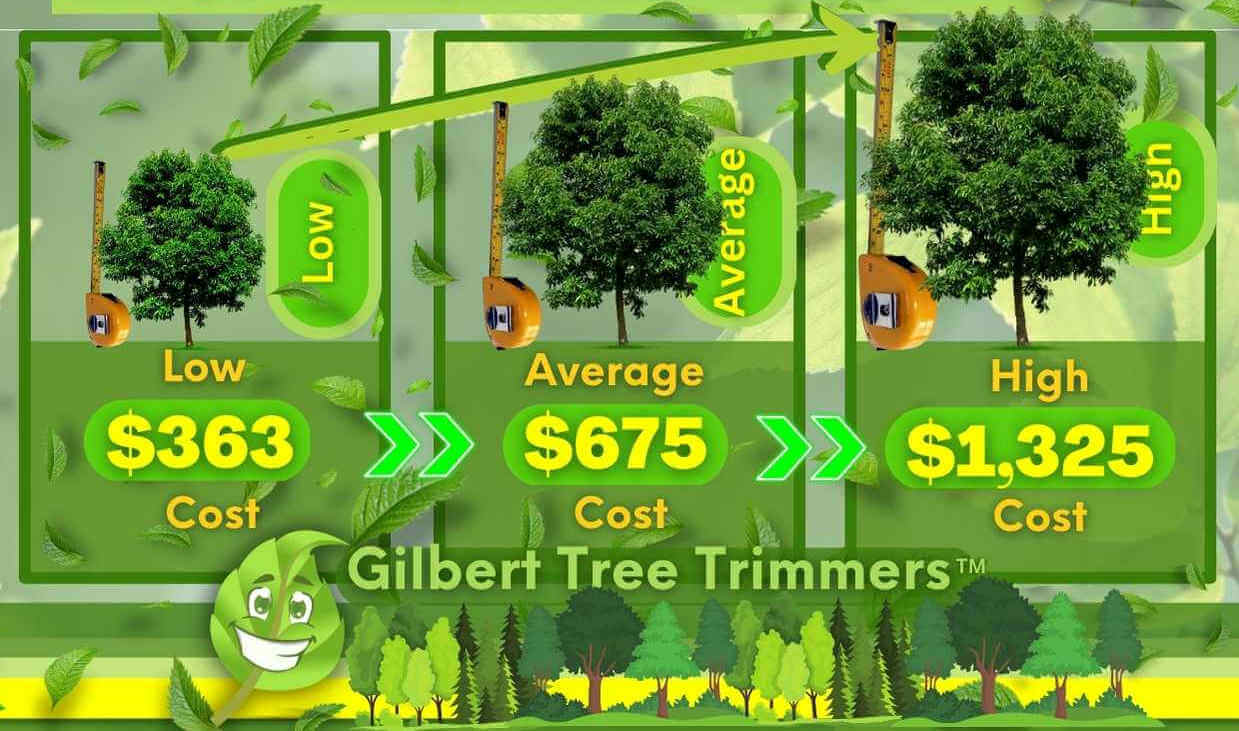Featured
Table of Contents
- – Pleasantville, NY Arborist: Common Pricing Mis...
- – Pleasantville, NY Stump Removal Reviews: Real ...
- – Getting Top Tree Service Prices In Pleasantvi...
- – Pleasantville, NY Tree Trimming Review: Value
- – Pleasantville, NY Stump Grinding Price Estima...
- – Pleasantville, NY Stump Removal Special Featu...
- – Pleasantville, NY Tree Removal Estimate Cost
- – Why Hire A Stump Removal In Pleasantville, NY
- – Current Tree Service Costs In Pleasantville,...
- – Power Replacement Costs For Tree Removal In ...
- – Request Tree Cutting Price Quotes In Pleasan...
- – Lowest Tree Clearing Prices In Pleasantville...
- – Highest-Rated Stump Removal Reviews In Pleas...
- – Inspection Costs For Arborist In Pleasantvil...
- – Automated Stump Grinding Costs In Pleasantvi...

The subsections listed below offer more in-depth info about pricing, consisting of a typical variety for each. TypeAverage Removal CostPineConiferPalmMagnoliaArborvitaeAshCedarSweet GumEucalyptusSycamoreCypressOakMaplePoplar You can anticipate to pay in between to eliminate a pine, depending on its size. Getting rid of a pine is one of the more cost effective jobs unless it is one that has actually been around for several years and is quite big.
Pleasantville, NY Arborist: Common Pricing Mistakes
Pines likewise have a tap root that grows deep into the soil, which can show to be harder to eliminate. The procedure itself involves a professional cutting the tree, clearing the base, cutting the surface roots, removing the stump, and lastly dealing with the soil. Without a professional hand, you run the risk of leaving pine seedlings behind, which will fall from the roots of distressed pines.
Pleasantville, NY Stump Removal Reviews: Real Experiences
The U.S. national average for conifer removal is approximately to have the conifer lowered, transported away, and the stump ground or removed totally. Conifers are normally easier to remove, and despite the fact that they can grow rather tall, they do not cost a fortune to remove. Conifers include pine, spruce, fir, and juniper trees.
Getting Top Tree Service Prices In Pleasantville, NY
While conifers are stunning, they kill native plants and certain types of lawn (tree cutting). The average price of palm removal depends on the height as much as the type, ranging from.
Pleasantville, NY Tree Trimming Review: Value
That is why it is essential to know which type you are removing. While you do not need an herbicide to eliminate a palm tree, there are some actions your removal expert will need to take to make sure the task is done correctly. There are two ways they can get rid of them: by slicing them down or digging them up.
Pleasantville, NY Stump Grinding Price Estimate For Homeowners
This is because little animals like rats and scorpions typically live in them. Plus, numerous types will have spikes, too. From there, they remove the actual tree and then the stump. Anticipate to pay between to eliminate this kind of tree, depending upon the specific size and information of the task.
Pleasantville, NY Stump Removal Special Features Costs
There are three types: green, white, and black ash. White ash is understood for its numerous colors. With its gray-tinged bark, its leaves are green or purple in the spring and golden yellow or purplish-red in the fall. They delight in moderate climates and great deals of sun. The green ash is called such due to its green or yellow foliage.
Pleasantville, NY Tree Removal Estimate Cost

Nevertheless, the bark is softer, and it blooms later in the year. Due to the variation in height, the elimination rate difference is broad from. A coniferous, evergreen tree, the cedar is a durable types. True cedars delight in greater altitudes, mainly in the Himalayas and the Mediterranean. A true cedar can grow as high as 160 feet in height and is often planted in the United States as a landscape alternative.
Why Hire A Stump Removal In Pleasantville, NY
The growth of incorrect cedars varies from 50 feet approximately 230 feet high. House owners might pay anywhere from, depending upon the roots. With star-shaped leaves and stunning fall colors, the sweet gum is thought about a medium to big tree. Taking pleasure in full sun, the sweet gum can not tolerate pollution.
Current Tree Service Costs In Pleasantville, NY
It has a huge root base of 40 to 50 feet, which affects the removal expense. Generally, it costs in between to remove a eucalyptus. Eucalyptus are not typical all over, but they are rather large compared to others, which is why even the smaller ones are so costly to remove. Initially from Australia, eucalyptus are invasive plants that grow in thick groves that secure native plants.
Power Replacement Costs For Tree Removal In Pleasantville, NY
There are a handful of ways to do this, consisting of burning, pulling, grinding, or killing them with herbicide. Expect to pay between to eliminate sycamores, based on the height, trunk size, and amount of work involved. Sycamores are among the largest hardwood trees, typically varying from 60 to 100 feet tall and as large as 15 feet.
Request Tree Cutting Price Quotes In Pleasantville, NY
The very first 2 actions will expose the insides of the tree and cut off the flow of nutrients up the trunk. From there, an expert applies herbicide to kill the tree and cuts down the trunk. They will eliminate the stump. Otherwise, new sprouts might grow from it. Lowering and removing a mature cypress could cost as much as.
Lowest Tree Clearing Prices In Pleasantville, NY
There are various kinds of Cypress trees, however the most prevalent are the Leyland, Arizona, Bald, and Italian. The Bald Cypress grows in swampy or extremely damp locations while the others delight in a dry, warm, or hot environment (tree service). They can grow as tall as 80 to 100 feet high
Highest-Rated Stump Removal Reviews In Pleasantville, NY

Prone to diseases, the Cypress is one of the most treasured woods for furniture. The average oak grows to around 60 feet, and depending on the intricacy of the removal, it costs approximately to eliminate. The specific size of your oak and the effort required to fell it impact what you will actually pay for removal along with any additional services like stump grinding.
Inspection Costs For Arborist In Pleasantville, NY
Access to the trees and the roots will also affect the total cost. Maples can easily grow up to 100 feet or more and typically cost between to remove from your residential or commercial property. The final price depends on the actual height and complexity of the task. Maples are normally among the more expensive trees to eliminate since of their size and the work associated with the removal.
Automated Stump Grinding Costs In Pleasantville, NY
Poplars are giants of the species. Growing as high as 90 to 115 feet, these huge lumbers are generally discovered in North America and consist of the aspen, cottonwood, and balsam trees. Boasting an expansive root system, poplars can be pricey to remove when completely grown. The process to eliminate trees involves all the cutting and cutting of the branches and trunk, bringing it down to a stump.
Table of Contents
- – Pleasantville, NY Arborist: Common Pricing Mis...
- – Pleasantville, NY Stump Removal Reviews: Real ...
- – Getting Top Tree Service Prices In Pleasantvi...
- – Pleasantville, NY Tree Trimming Review: Value
- – Pleasantville, NY Stump Grinding Price Estima...
- – Pleasantville, NY Stump Removal Special Featu...
- – Pleasantville, NY Tree Removal Estimate Cost
- – Why Hire A Stump Removal In Pleasantville, NY
- – Current Tree Service Costs In Pleasantville,...
- – Power Replacement Costs For Tree Removal In ...
- – Request Tree Cutting Price Quotes In Pleasan...
- – Lowest Tree Clearing Prices In Pleasantville...
- – Highest-Rated Stump Removal Reviews In Pleas...
- – Inspection Costs For Arborist In Pleasantvil...
- – Automated Stump Grinding Costs In Pleasantvi...
Latest Posts
Request Tree Trimming Price Quotes In Canyon, TX
What's The Average Cost For An Tree Cutting In Eugene, OR
Best Stump Removal Reviews In Lebanon, MO
More
Latest Posts
Request Tree Trimming Price Quotes In Canyon, TX
What's The Average Cost For An Tree Cutting In Eugene, OR
Best Stump Removal Reviews In Lebanon, MO